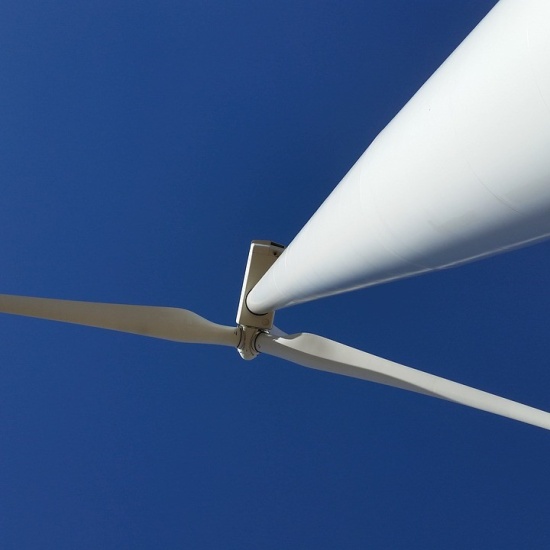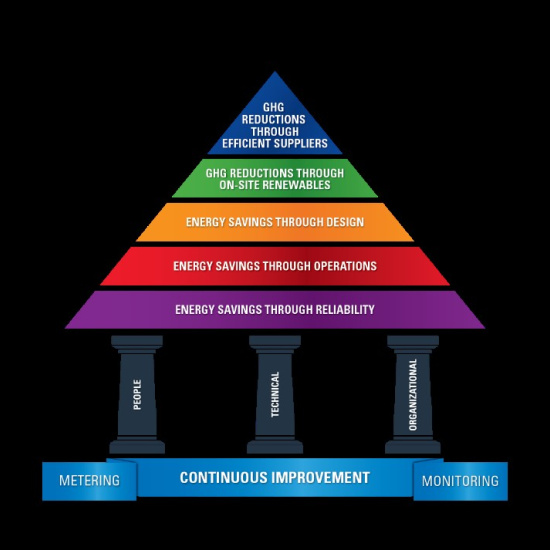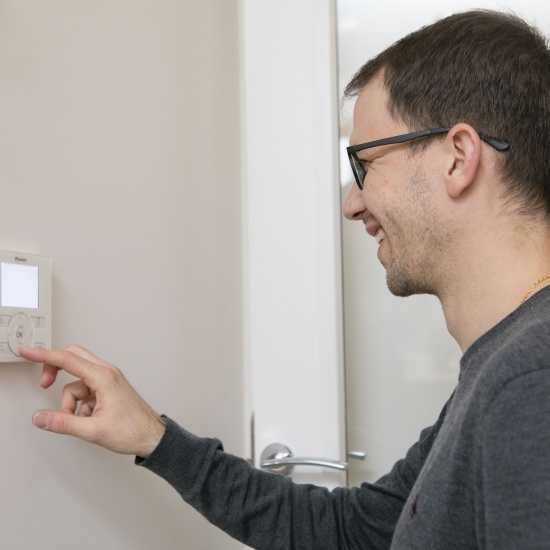Calling all business owners - Reduce Your Energy Use this Winter
2022 has brought extreme energy price impacts.
This is continuing to present huge challenges to businesses. SEAI provide supports and advice for energy efficiency and renewable energy. Reducing energy demand, improving energy efficiency and using renewable energy will protect your business from energy price impacts now and in the future.
The steps that business can take immediately will save money, but will not immediately offset the historic price rises currently occurring. The tips below will help business respond as best as possible during this winter and are routine opportunities to immediately save money. Other supports are being offered to support increased energy costs directly as part of Budget 2023, but the below tips will help businesses control costs further.
We have prepared 5 steps you can take right now to reduce your heating, lighting, electricity and manufacturing costs this Winter.
Heating
- Reduce temperature setpoints so the heating turns off when temperature reaches 19 degrees. Set your AC to come on at 24 degrees or higher.
- In corridors, storerooms and other areas of higher physical activity, your heating temperature setpoint can be below 19 degrees. You should also turn off heating in vacant spaces.
- Make sure timers are set to the correct date and time. Variations in working hours on weekends and Bank Holidays should be considered when setting controls.
- Ensure your boiler is serviced regularly to ensure its operating efficiently. Ask your service technician to confirm that your condensing boiler is condensing.
- Identify and seal any draughts and improve insulation where possible. Ensure that external doors shut automatically.
Lighting
- Ensure lights are switched off when not needed and consider installing motion sensors in infrequently used areas such as storerooms, toilets, and corridors to prevent lights being left on unnecessarily.
- Maximise the use of daylight and consider installing daylight sensors in areas that use both natural and artificial light. These can automate lights to turn off or dim to account for changing levels of daylight in the room.
- Reduce lighting levels where possible. Minimise lighting in non-working areas such as corridors. This can be done by removing tubes from multi-tube fittings, but don't go too far - make sure you maintain safe lighting levels.
- Reconsider external and feature lighting needs. Security and outdoor lighting can be high-powered and energy intensive. Make sure a timer and daylight sensor controls are set accurately.
- Replace failed or inefficient light bulbs with LEDs. These can now have paybacks of only a few months.
Electricity
- Ensure you are on the best electricity tariff available. Look at how much electricity you use on average and compare the tariffs available from suppliers.
- Switch off equipment when not in use (printers, laptops, monitors, or larger equipment).
- Shift as much of your energy use as possible to be outside the peak hours of 5-7pm. If your electricity tariff has a cheaper night rate, think about what operations can avail of this rate rather than the day rate.
- Install Solar PV to generate renewable electricity.
- If you are running equipment with poor power factors, such as florescent lamps or air conditioning units, your supplier will bill you for having to supply extra current to your premises. You will see this on your electricity bill as LPFS (low power factor surcharge) or reactive power charge. Reduce the cost of this by installing power factor correction equipment.
Manufacturing
- Check for and activate eco-mode on equipment so that anything that's idle after 10 minutes goes into standby mode and use a blank screensaver on computers and laptops.
- Ensure any motor in use is the right size for the job they are to perform. Large motors operating small loads are inefficient. When a motor is sized appropriately and operating at or near its power rating it will be more energy efficient. Consider also retrofitting your motors with variable speed drives.
- Undertake a comprehensive survey for leaks or hotspots in any air, steam, or hot water systems. Fix and damage or gaps in pipe insulation.
- Ensure that heavy energy using equipment has routine maintenance carried out in line with manufacturers guidelines.
- Employ energy monitoring and an energy management system to ensure you understand and optimise energy use.
Long Term Plan
Businesses should also start to plan for longer term energy efficiency and renewable energy projects to reduce demand and emissions as part of Ireland's overall energy transition. SEAI's advice is to transition to a low carbon business over five steps;
- Understand your energy use
- Create an energy action plan
- Complete an energy audit
- Invest in energy efficiency upgrades and renewables
- Monitor, track and report
For a quick overview of the grants and supports available from SEAI to support you on each of these steps, see table below with links the individual business grants.
| Understand your energy and create and action plan | Complete an energy audit | Invest in energy efficiency and renewables |
|---|---|---|
| SEAI Energy Management Training SME Guide to Energy Efficiency SME Energy Management Guide | SEAI Support Scheme for Energy Audits SEAI Energy Audit Compliance Scheme | Support Scheme for Renewable Heat SEAI EV Grants for Business |




